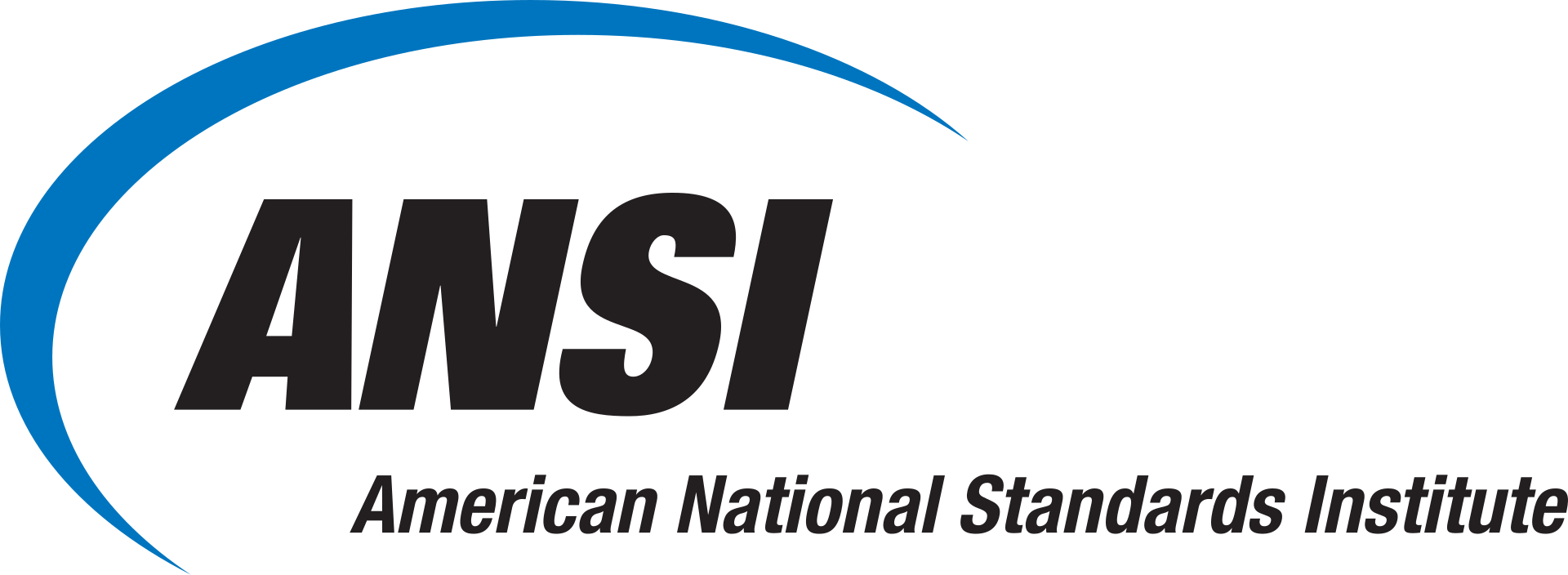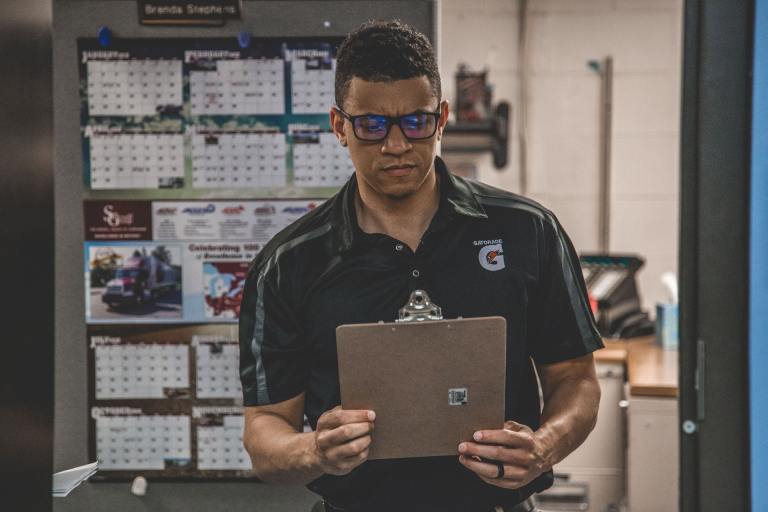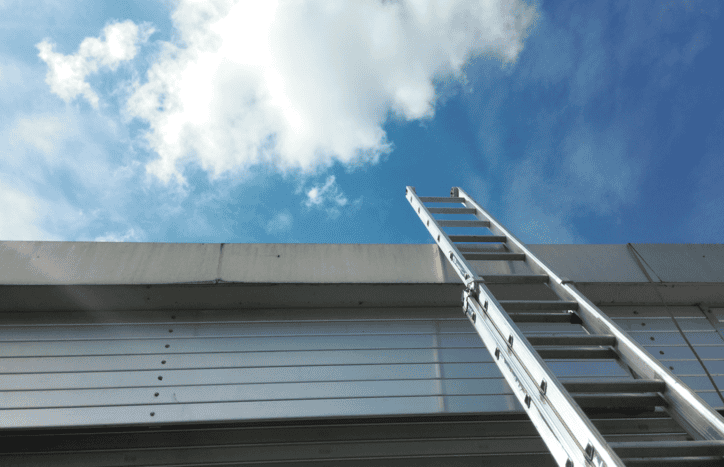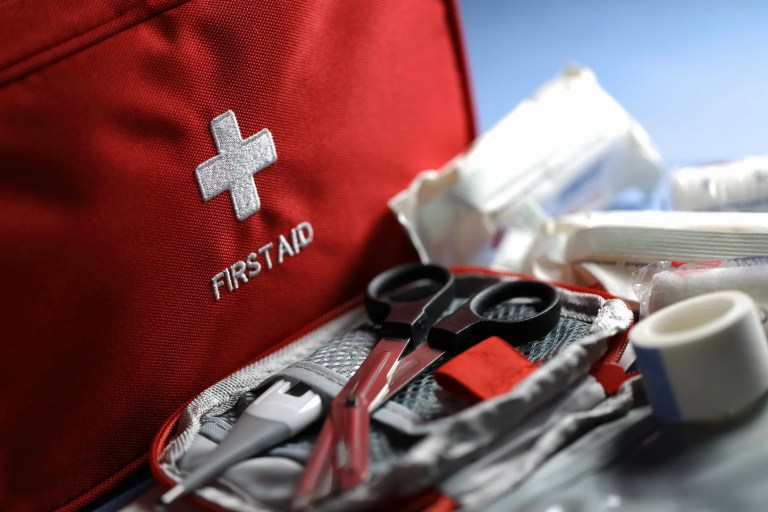ANSI/PRCA 1.0-.3-2014: Ropes Challenge Course Installation
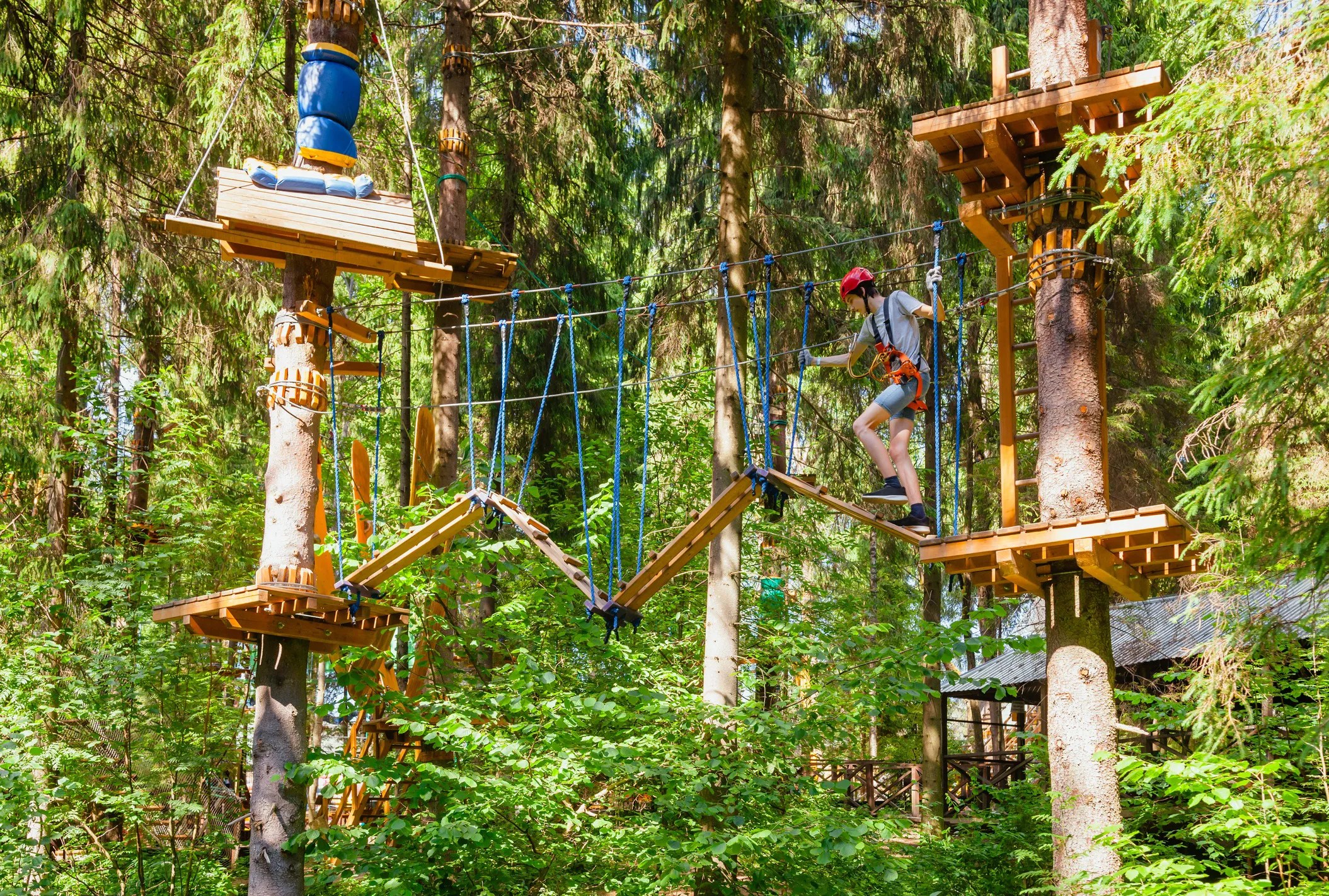
Today’s modern ropes courses have a history rooted in military training. Early military obstacle courses were typically used to develop physical fitness and agility in soldiers, helping them develop quick reflexes and physical strength. Although these obstacle courses differed in design and purpose from modern ropes courses, they helped pave the way for the challenging physical and mental activity we have experienced today at summer camp or as a team bonding activity. ANSI/PRCA 1.0-.3-2014: Ropes Challenge Course Installation, Operation and Training Standards establishes specifications for ropes challenge courses.
What Is the Purpose of a Ropes Course?
Ropes courses are essentially puzzles for both the brain and body. They typically are suspended between trees, utility poles, rock walls, and engineered steel structures; ropes courses are designed to test people’s balance, coordination, and problem-solving skills. Through challenging physical and mental activities, the mainpurpose of a ropes course is to foster personal growth, teamwork, and communication skills.
Implementing proper safety measures—including equipment checks, trained staff, and adherence to guidelines—is essential for minimizing risks and promoting a fun, confidence-building experience for all participants. Luckily, ANSI/PRCA 1.0-.3-2014 lays out guidelines for the proper installation and operation of ropes courses.
What Is ANSI/PRCA 1.0-.3?
ANSI/PRCA 1.0-.3-2014 provides a uniform acceptable level of performance requirements on ropes challenge courses by delineating a system of specifications, safety, and performance criteria and principles. This American National Standard specifically establishes safety requirements for the design, manufacture, performance, construction, inspection, maintenance, removal from service, qualification, staff instruction, staff training, staff certification, use and operation of components, sub-systems, systems and courses utilized by the ropes challenge course industry.
ANSI/PRCA 1.0-.3-2014 is applicable to all employees/employers, both public and private institutions engaged in any design, manufacture, installation, maintenance, inspection, operation, facilitation/programming, training, certification or other facet of the ropes challenge course industry.
High vs Low Ropes Courses
Whether high or low, ropes courses offer a fun and challenging activity that can be enjoyed by people of all ages and skills. The main difference between high and low ropes courses is their purpose:
- High ropes courses: are much higher off the ground and feature more challenging obstacles, such as zip lines, rope bridges, and swinging logs. These courses require more physical strength and endurance and are a great way to push oneself out of their comfort zone and build confidence.
- Low ropes courses: are closer to the ground and feature obstacles, such as balance beams and ropes. These courses are often used for team-building exercises and offer an effective means to build trust and communication skills among groups.
Today’s modern ropes courses, both high and low, present a wonderful opportunity for growth, innovation, exercise, leadership development as well as a connection to nature. To maximize your next aerial adventure, choose a reputable provider with experienced guides and proper safety requirements in place like those outlined in ANSI/PRCA 1.0-.3-2014.
ANSI/PRCA 1.0-.3-2014: Ropes Challenge Course Installation, Operation and Training Standards is available on the ANSI Webstore.
This American National Standard was developed and published by the Professional Ropes Course Association (PRCA).
Please direct any technical questions relating to this American National Standard to the developer. You can find the contact information for all standard developing organizations (SDOs) here: Who to Contact for Standards Related Questions.
